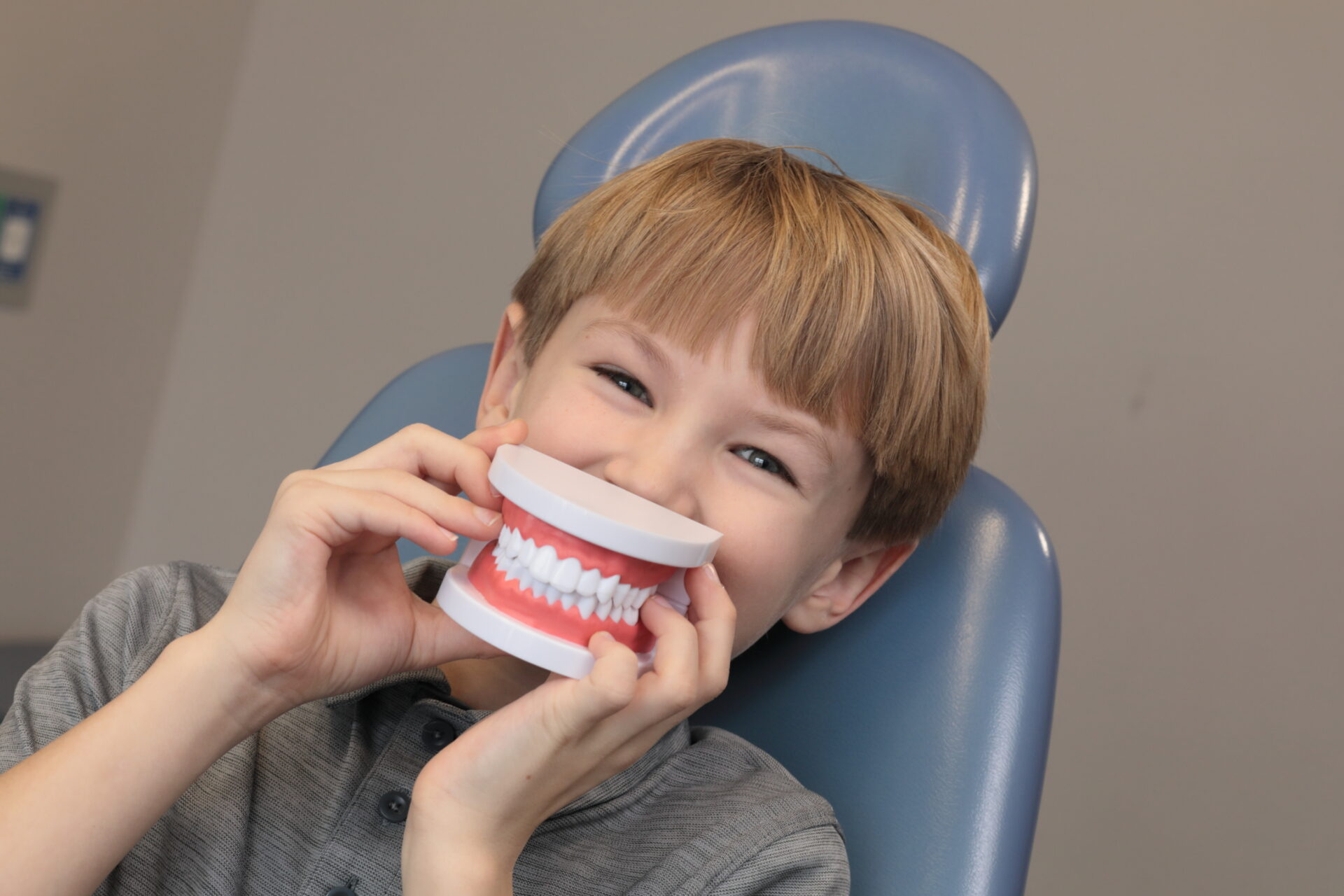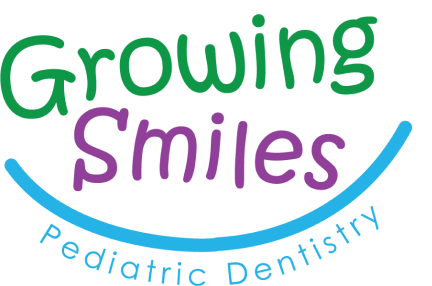SCHOOL AGE
For school age children, going to the dentist can be a big adventure. New sights, smells, and tastes stimulate their senses as they learn to brush and floss their own teeth. They may prefer a blue toothbrush one week and a green one the next. And, as for toothpaste flavors, remember that the best toothpaste is that one that gets used. Moreover, these visits are an opportunity to instill a lifelong habit of oral hygiene and to ensure their bright smiles continue to shine.

Brown Bag Lunch Tips for Healthy Teeth
Packing a healthy lunch for your kids may sound easy, but many foods deemed “healthy” may actually contain carbohydrates and sugars that attack tooth enamel and may eventually lead to decay. Because most children don’t brush at school, sending them with a healthy school lunch can help maintain good oral health and establish good nutritional habits.
Don’t pack foods that are sticky and/or chewy and stick to the teeth, because saliva is unable to wash away the cavity-causing sugars in these treats. Limit snacks such as raisins, granola bars, peanut butter/oatmeal cookies, lollipops, chewy fruit snacks, taffy, hard candy, etc.
Do pack fruits, vegetables or cheese in your child’s lunchbox. The best fruit choices are those containing more water, such as: apples, grapes, pears, cantaloupes and other melons. Any type of aged cheese is a good choice, such as: Swiss, Cheddar or Monterey Jack. Vegetable choices may include raw broccoli, cauliflower, carrots, cucumbers and celery.
Encourage your children to drink lots of water and limit fruit juice and soda. Regular flossing and brushing could help them prevent stains from forming on their teeth and bad breath.
How do I choose a toothpaste for my child?
Fluoride is the toothpaste ingredient used to prevent cavities, and nearly every toothpaste contains some. A “pea-sized” amount of fluoride toothpaste should be used with guidance once teeth have erupted.
The brand or type does not matter. What does matter is finding a toothpaste that appeals to your child. If you need specific recommendations, please ask one of our dentists, hygienists, or assistants.

For parents of school-age children, the dental team at Growing Smiles promotes a “1-2-3” approach:
- First dental visit by first birthday. This is endorsed by the American Dental Association.
- Brush for 2min 2x/day.
- The number of people involved in oral health of a child: child, parent, and dentist.
